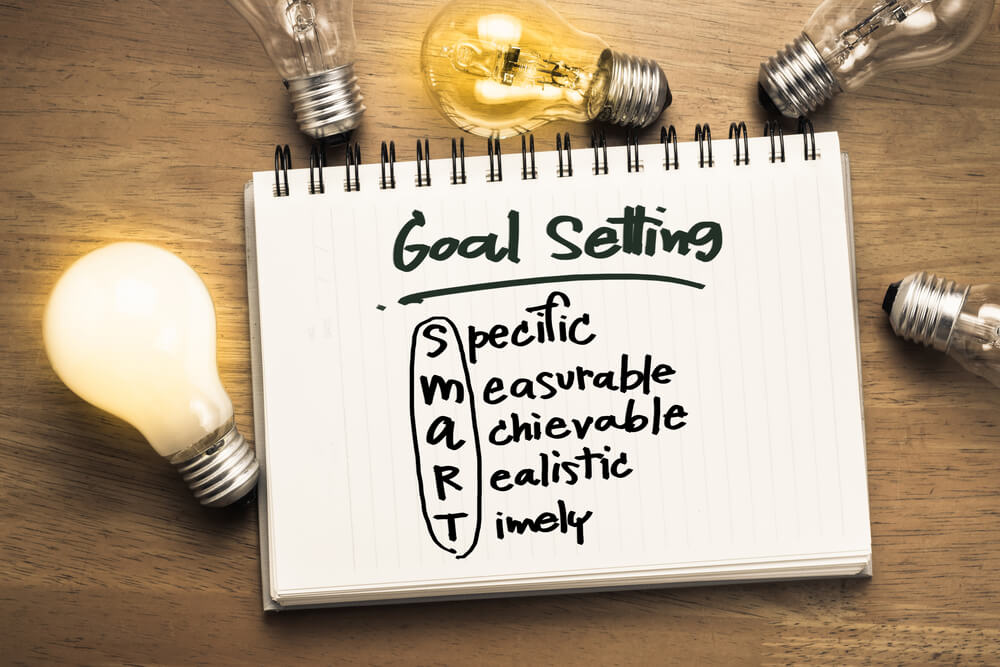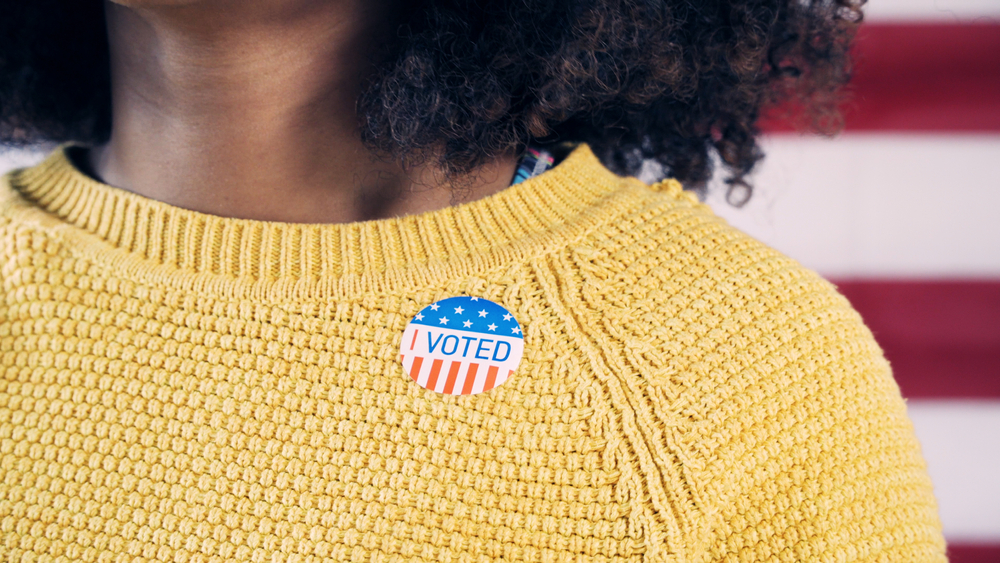The Importance of Diversity and Inclusion in Marketing

If we've learned anything in the last few years, it's how important diversity and inclusion are in general — including diversity in marketing. Marketing often follows society’s trends and changes, so you may have noticed these positive changes in ads recently. In the past, many brands have limited their reach by focusing only on preconceived notions of race, age, religion, gender, etc.
Now, it’s vital that your marketing is representative and inclusive, adding more value and authenticity to consumers. Research supports the power of inclusive marketing, finding that today's consumers are diverse and expect the same from brands. Not only do 70% of Gen Z's trust brands that represent diversity with inclusive ads more than those who don't, but a survey taken of all generations found that 64% of consumers in the U.S., U.K., and Brazil said they would like to see more diversity in advertising.
Here's how to create marketing that is inclusive by representing more people of all kinds in your advertising.
What is Inclusive Marketing?
HubSpot defines inclusive marketing perfectly: “Inclusive marketing describes campaigns that embrace diversity by including people from different backgrounds or stories that unique audiences can relate to. While some inclusive campaigns make an effort to break stereotypes, others simply aim to reflect or embrace people in the real world.”
This means that although persona A may invest in many of your products, persona B would likely also if they didn't feel so under-represented in your ads. Nearly half (44%) of consumers say they don't feel fully represented in advertisements. Advertising has traditionally focused on a certain age, race, gender, religion, body type, and more. A switch to more diversity in your ads can encourage significantly more sales.
When you think about it, it's honestly no surprise that the market is shifting to portray more diversity in all forms. Marketing trends often shift with consumers' values and beliefs, and today, consumers prioritize diversity and inclusion.
Important Note: While inclusive marketing often provides positive results, it will get your brand into some trouble if it’s done insincerely or poorly. It's recommended to follow up your inclusive ads with actions. As they say, actions speak louder than words.
Consumers are Expecting to See More Diversity in Marketing
Younger generations have come to expect brands to show inclusivity. This includes race, gender, sexual orientation, body type, culture, etc.
More than half (62%) of respondents say that diversity affects how they perceive brands. What's more, many consumers were more compelled to take action with a brand that showcased diversity— a higher percentage of actions following a diverse ad were observed among:
- Latino (85%)
- Black (79%)
- Asian or Pacific Islander (79%)
- LGBTQ+ (85%)
- Millennials (77%)
- Teens (76%)
The truth is marketing has historically underrepresented minorities. Consumers expect that change if you want their money — more importantly, their full support and loyalty.
People Resonate with Brand Authenticity
Simply put, people like authentic brands that represent the inclusion of all. This means that you're not just being diverse in your ads but embracing it in all aspects of your business. For instance, you're hiring more diverse talent and supporting social efforts that give a voice to equality and equity.
It's also important to note that one global marketing survey found that Multiracial, Hispanic, and Asian people are driving much of the population growth — with those who identify as white declining for the first time in U.S. history. The report also found that the LGBTQ+ identity has risen from 3.5% in 2012 to 5.6% in 2020, including one in six among Generation Z (ages 16 to 26 in 2021).
As the younger generations continue to enter the market and attain more buying power, brands will have to re-evaluate their marketing. Gen Z and Millennials are quicker to notice a disingenuous attempt. It would be a mistake to only put half the effort into transitioning into inclusive marketing.
Marketing Inclusion Will Naturally Expand Your Audience
It's also true that the global marketplace is becoming more diverse. When you include more groups of people in your marketing, you attract them to be a part of your audience.
Just look at the incredible marketing trends that have taken the world by storm in the last couple of years, like:
- Black-owned
- Women-owned
- LGBTQ-friendly
People like to support these establishments. Market Watch reports that searches for Black-owned businesses spiked 3,085% over the last year, Latino-owned companies by 4,077%, women-owned companies by 264%, and Asian American-owned businesses by 130%.
Create Inclusive Marketing Campaigns with CoxNext
Stamps of diversity are becoming things consumers look for when making a purchasing decision. CoxNext is well-aware of this transition and is already helping brands switch to more diverse advertising and inclusive marketing strategies. If your current agency is behind on the times and isn’t making strides to progress, it may be time to break up with them!
Related Posts
Unveiling the Secrets: CoxNext Experts Answer 5 Vital Questions on Enrollment Marketing!
May 24th, 2023Using Recruitment Marketing to Attract the Right Candidates
December 14th, 2022The Latest Updates on Google Privacy and Cookie Depreciation
November 16th, 2022How to Produce Marketing Creative that Gets Results
October 12th, 2022Are Your Budgets Realistic? Let's Talk Practical Ad Spend
October 5th, 20225 Reasons Why Video Marketing is So Hot Right Now
June 8th, 2022What is Programmatic OTT Advertising and Why is it Important?
April 27th, 2022Categories
- Marketing Strategy (90)
- Digital Advertising (47)
- Digital Marketing (28)
- Content Marketing (17)
- OTT (16)
- ROI (13)
- Content Creative (12)
- Agency Partnerships (11)
- Social (10)
- Video (8)
- COVID-19 (7)
- Advanced Data (6)
- Research (6)
- Technology (6)
- Cox Enterprises News (5)
- Generational Marketing (5)
- Industry: Travel (5)
- Industry: eCommerce (5)
- Advertising Budget (4)
- Industry: Higher Education (4)
- Social Media Marketing (4)
- E-commerce (3)
- Podcasts (3)
- Recruitment Marketing (3)
- Search (3)
- Social Media (3)
- Branding (2)
- Inclusive Marketing (2)
- Industry: Cannabis (2)
- Industry: Home Improvement (2)
- marketing budget (2)
- CoxNext News (1)
- Industry - Automotive (1)
- Industry: Healthcare (1)
- Influencer Marketing (1)
- Podcast Advertising (1)
- Privacy (1)
- working with an agency (1)





.jpg)





